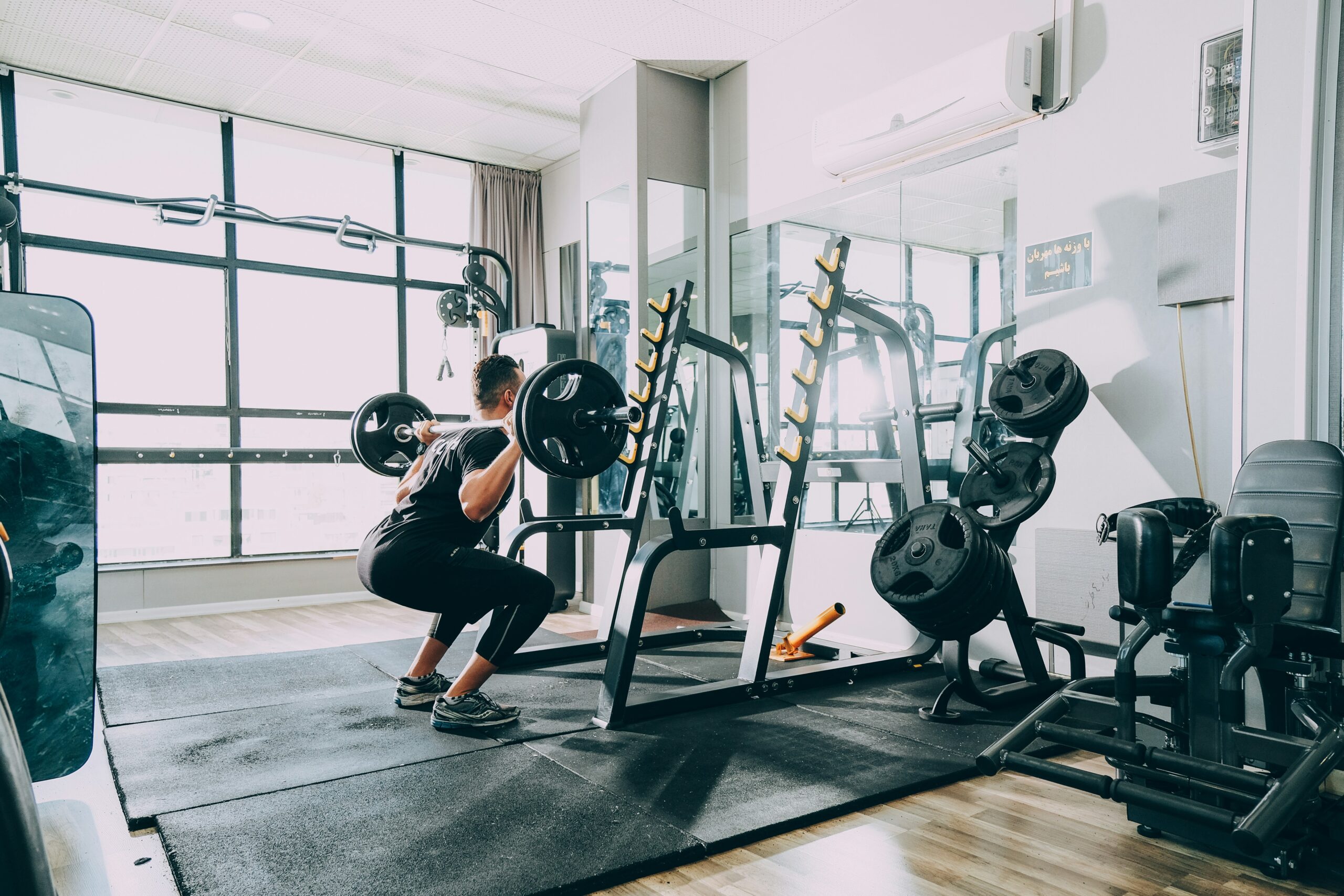
In the realm of strength training, few exercises hold as much importance as the squat. This compound movement targets multiple muscle groups simultaneously, making it a cornerstone of any lower body workout routine. However, to truly maximize lower body strength, it’s crucial to explore a variety of squat variations and complementary exercises. In this comprehensive guide, we’ll delve into strategic squat variations and strength-boosting exercises designed to optimize your strength training regimen and elevate your lower body strength to new heights.
1. Back Squat
The back squat is the quintessential lower body exercise, engaging major muscle groups such as the quadriceps, hamstrings, and glutes. To perform a back squat effectively, start with a shoulder-width stance, lower your hips back and down, and drive through your heels to return to the starting position. It’s essential to maintain proper form throughout the movement to maximize muscle engagement and prevent injury.
[Find our related Pros and Cons including Squats here]
Complementary Exercises for Strength:
– Leg Press: Strengthening the quadriceps, hamstrings, and glutes, the leg press is an excellent complementary exercise for enhancing back squat performance and overall lower body strength. Adjust the weight and foot position to target different muscle groups and ensure balanced development.
– Romanian Deadlifts: Targeting the posterior chain, including the hamstrings and lower back, Romanian deadlifts are essential for improving stability and strength during back squats. Focus on hinging at the hips while keeping the back straight to effectively engage the hamstrings and glutes.
2. Front Squat:
The front squat places a greater emphasis on quadriceps activation and core stability compared to the back squat. To perform a front squat, rack the barbell across the front of your shoulders, maintain an upright torso, and descend into a squat position. Keep the elbows high to prevent the barbell from rolling forward and maintain stability throughout the movement.
Complementary Exercises for Strength:
– Goblet Squats: Goblet squats reinforce core engagement and squat form, promoting strength gains crucial for mastering front squats and improving overall lower body strength. Hold a dumbbell or kettlebell close to your chest and squat down while keeping your chest up and your knees tracking over your toes.
– Bulgarian Split Squats: Correcting muscle imbalances and enhancing stability, Bulgarian split squats strengthen the quads and glutes, leading to improved front squat performance and lower body strength. Elevate one foot on a bench or platform and lunge forward with the opposite leg, keeping the torso upright and the front knee tracking over the toes.
3. Sumo Squat:
The sumo squat variation targets the inner thighs and glutes more intensely than traditional squats. To perform a sumo squat, take a wide stance with your toes pointed outward, lower your hips down, and power through with controlled movements. Keep your chest up and your back straight to effectively engage the targeted muscle groups.
Complementary Exercises for Strength:
– Hip Thrusts: Strengthening and stabilizing the glute muscles, hip thrusts are essential for generating power and enhancing strength during sumo squats, ultimately improving lower body strength. Use a bench or platform to support your upper back and shoulders, and drive your hips upward while keeping your core engaged.
– Cable Abduction Movements: Targeting the outer thighs and glutes, cable abduction movements prevent knee collapse and improve stability, optimizing sumo performance and overall lower body strength. Attach an ankle strap to a cable machine, and stand sideways to the machine, then lift your leg outward against the resistance while maintaining proper form.
4. Overhead Squat:
The overhead squat demands exceptional mobility, stability, and strength throughout the body, making it a true test of lower body strength. Press the barbell overhead, maintain alignment, and execute the squat motion with precision. Keep your arms fully extended and your core engaged to stabilize the weight overhead.
Complementary Exercises for Strength:
– Overhead Lunges: Enhancing shoulder stability and core strength, overhead lunges are crucial for maintaining form and enhancing strength during overhead squats, ultimately improving lower body strength. Hold a dumbbell or kettlebell overhead with one hand while lunging forward with the opposite leg, keeping your torso upright and your core engaged.
– Plank Variations: Fortifying core stability and endurance, plank variations are essential for stability and safety during overhead squats, while promoting overall lower body strength. Hold a plank position with your elbows directly beneath your shoulders and your body in a straight line from head to heels, engaging your core and glutes to maintain stability.
Conclusion:
Incorporating a diverse range of squat variations and strength-boosting exercises into your training regimen is essential for maximizing lower body strength gains. Whether your goal is muscle hypertrophy, athletic performance, or functional strength, these exercises offer a holistic approach to strength training. Prioritize proper form, gradually increase intensity, and witness remarkable improvements in your lower body strength. With dedication and consistency, mastering squat variations and strength-boosting exercises will elevate your strength training journey to unprecedented heights, ensuring you reach your fitness goals with confidence and vigor.


One response to “The Best Guide to Squat Variations and Strength-Boosting”
[…] Check out our other squat variation article here […]